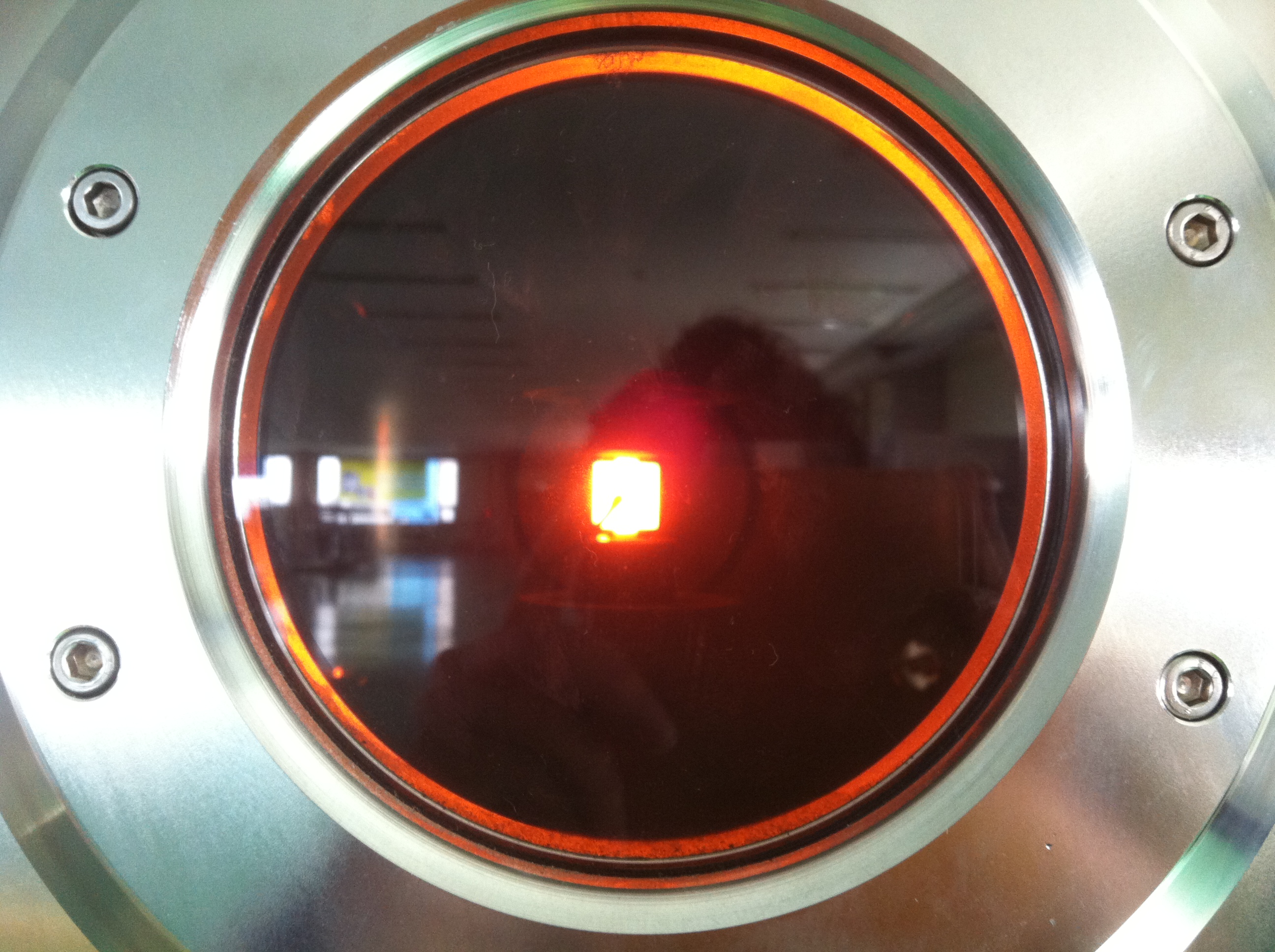Spark plasma sintering on:
[Wikipedia]
[Google]
[Amazon]
Spark plasma sintering (SPS), also known as field assisted sintering technique (FAST) or pulsed electric current sintering (PECS), or plasma pressure compaction (P2C) is a 
FP7 European Project HYMACER - Hybrid sintering and advanced machining of technical ceramics
Spark plasma sintering, also known as plasma pressure compaction (P2C) sintering, equipment are commercially available now and are no longer limited to laboratory research work. Products like body armor, rocket nozzles, carbon fiber composites and several other hybrid materials can be produced in commercial scale using these equipment.plasma pressure compaction
/ref>
sintering
Sintering or frittage is the process of compacting and forming a solid mass of material by pressure or heat without melting it to the point of liquefaction. Sintering happens as part of a manufacturing process used with metals, ceramics, plas ...
technique.
The main characteristic of SPS is that the pulsed or unpulsed DC or AC current directly passes through the graphite
Graphite () is a Crystallinity, crystalline allotrope (form) of the element carbon. It consists of many stacked Layered materials, layers of graphene, typically in excess of hundreds of layers. Graphite occurs naturally and is the most stable ...
die, as well as the powder compact, in case of conductive
In physics and electrical engineering, a conductor is an object or type of material that allows the flow of Electric charge, charge (electric current) in one or more directions. Materials made of metal are common electrical conductors. The flow ...
samples. Joule heating
Joule heating (also known as resistive heating, resistance heating, or Ohmic heating) is the process by which the passage of an electric current through a conductor (material), conductor produces heat.
Joule's first law (also just Joule's law), ...
has been found to play a dominant role in the densification of powder compacts, which results in achieving near theoretical density at lower sintering temperature compared to conventional sintering techniques. The heat generation is internal, in contrast to the conventional hot pressing, where the heat is provided by external heating element
A heating element is a device used for conversion of electric energy into heat, consisting of a heating resistor and accessories. Heat is generated by the passage of electric current through a resistor through a process known as Joule heating. He ...
s. This facilitates a very high heating or cooling rate (up to 1000 K/min), hence the sintering process generally is very fast (within a few minutes). The general speed of the process ensures it has the potential of densifying powders with nanosize or nanostructure while avoiding coarsening which accompanies standard densification routes. This has made SPS a good method for preparation of a range of materials with enhanced magnetic
Magnetism is the class of physical attributes that occur through a magnetic field, which allows objects to attract or repel each other. Because both electric currents and magnetic moments of elementary particles give rise to a magnetic field, m ...
, magnetoelectric, piezoelectric
Piezoelectricity (, ) is the electric charge that accumulates in certain solid materials—such as crystals, certain ceramics, and biological matter such as bone, DNA, and various proteins—in response to applied stress (mechanics), mechanical s ...
, thermoelectric, optical, shock compression, or biomedical properties. SPS is also used for sintering of carbon nanotubes
A carbon nanotube (CNT) is a tube made of carbon with a diameter in the nanometre range (nanoscale). They are one of the allotropes of carbon. Two broad classes of carbon nanotubes are recognized:
* ''Single-walled carbon nanotubes'' (''SWC ...
for development of field electron emission
Field electron emission, also known as field-induced electron emission, field emission (FE) and electron field emission, is the emission of electrons from a material placed in an electrostatic field. The most common context is field emission from ...
electrodes. Functioning of SPS systems is schematically explained in a video link. While the term "spark plasma sintering" is commonly used, the term is misleading since neither a spark nor a plasma is present in the process. It has been experimentally verified that densification is facilitated by the use of a current. SPS can be used as a tool for the creation of functionally graded soft-magnetic materials and it is useful in accelerating the development of magnetic materials. It has been found that this process improves the oxidation resistance and wear resistance of sintered tungsten carbide composites compared to conventional consolidation methods.
Hybrid heating
By means of a combination of the FAST/SPS method with one or several additional heating systems acting from the outside of the pressing tool systems it's possible to minimize the thermal gradients thus allowing the enhancement of the heating rates at simultaneously optimized homogeneity. In 2012 the world's largest hybrid SPS-hot press sintering system was set up in Spain and the fabrication of fully dense large ceramic blanks of up to 400mm with this system is in progress within the frame of thFP7 European Project HYMACER - Hybrid sintering and advanced machining of technical ceramics
Spark plasma sintering, also known as plasma pressure compaction (P2C) sintering, equipment are commercially available now and are no longer limited to laboratory research work. Products like body armor, rocket nozzles, carbon fiber composites and several other hybrid materials can be produced in commercial scale using these equipment.
/ref>
See also
*References
{{Authority control Industrial processes Metalworking Plasma processing